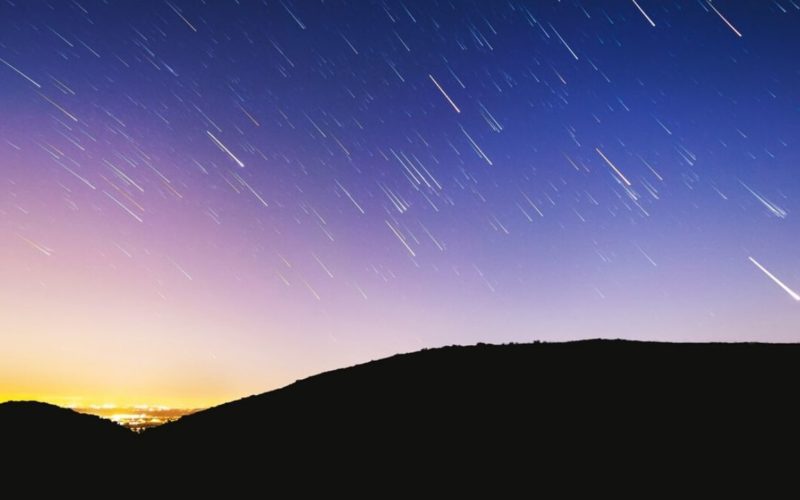A new year is a time for new beginnings and we’re all set to ring in 2020 with some realistic resolutions. These include getting more sunshine and gazing at the night sky to lift our spirits and appreciate nature. So, what better way to achieve it than making plans to see the 3 major meteor showers of the year?
2020 promises spectacular views of the Quadrantids in January, Perseids in August, and Geminids in December. And here is everything we need to know about the first one.
According to The Guardian, the Quadrantid Meteor Shower will peak between midnight on January 3 to early dawn on January 4, 2020. Unlike the ring of fire eclipse, these shooting stars can be seen with the naked eye. No binoculars or telescopes needed as they tend to produce “fireballs” in the dark sky.
EarthSky reports that regions in the Northern Hemisphere are best suited to view the celestial event. It further explains that they were named after the constellation Quadrans Muralis created by French astronomer Jerome Lalande in 1795. However, the constellation in question no longer exists.
Furthermore, their parent body is thought to be the asteroid 2003 EH1. NASA believes this asteroid to be a “dead comet” but some astronomers think it might have some connection with the comet C/1490 Y1 observed 500 years ago.
https://www.instagram.com/p/BsNj6c9DN-b/
Essentially, our planet passes through this intriguing cloud of debris and dust every year while orbiting around the sun and that’s what causes the meteor shower. Here are some pictures of the phenomenon from 2019.
Early this morning there was a pretty spectacular show of Quadrantid meteors! In the last hour before dawn the planets Venus (the brightest dot) and Jupiter (low-middle of the photo) were greatly composed with the falling meteors. Senozece, Slovenia on Jan 4th, 2019. pic.twitter.com/oP6tx08EVd
— Marko Korosec (@MarkoKorosecNet) January 4, 2019
5 shot composite of last nights meteor shower. Saw about 15 smaller ones that either the camera missed or barely picked up. #skies #quadrantids #quadrantid #meteorshower #exploresask #canada #yqr #saskatchewan #sharecangeo #natgeoyourshot #natgeospace #church #astrophotography pic.twitter.com/8OHpE4GVyS
— Craig Boehm (@Skstormchaser) January 4, 2019
Caught a pretty bright one from tonight's #Quadrantid #Meteor Shower around 12:50am ET. pic.twitter.com/yWxmwFXOXJ
— Jason O'Young (@jasonoyoung) January 4, 2019
If you’re still awake, head outside and look up. There’s a meteor shower happening and it’s magic. ❤️#meteors #Quadrantid #shootingstars pic.twitter.com/Zj2c9ZW3JY
— Lori (@lacaszatt) January 4, 2019
I didn’t see a single #Quadrantid last night but the stars were glowing.
SW, #manitoba 🇨🇦 pic.twitter.com/9Kseyd8vff
— Misheyla Iwasiuk (@MisheylaIwasiuk) January 4, 2019
Who knew that space dust from an unknown rocky object could produce such beautiful shotting stars for us to see?




